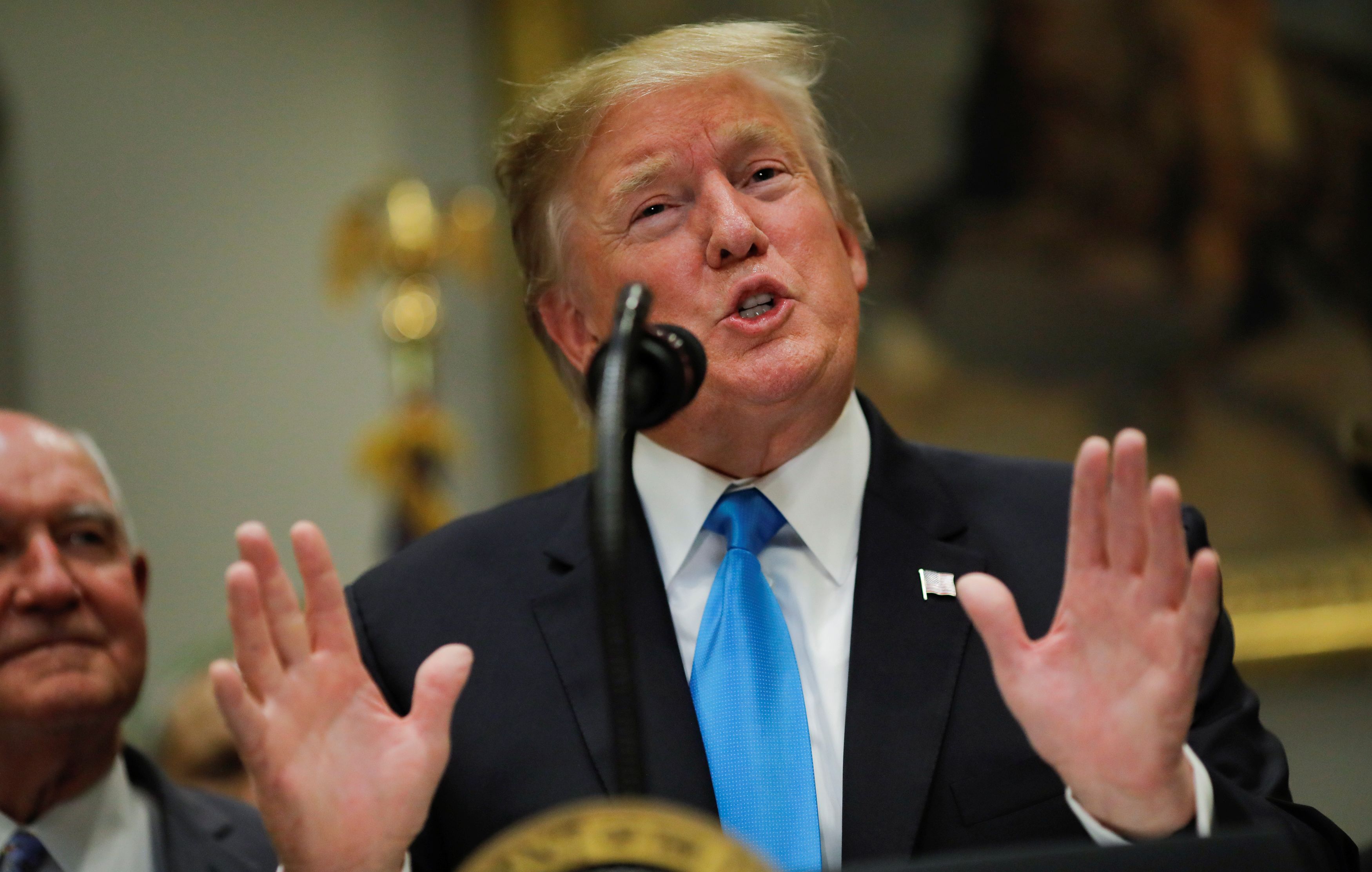
U.S. stock index futures were sharply lower Friday morning, as investors feared President Donald Trump’s threat of tariffs on all Mexico imports exacerbated the risk of recession.
Around 5 a.m. ET, Dow futures indicated a negative open of more than 225 points. Futures on the S&P and Nasdaq were both seen lower.
Market participants moved aggressively to price in deeper rate cuts by the Federal Reserve over the coming months, while the closely watched 10-year Treasury yield dropped to lows not seen since 2017.
The U.S. benchmark was yielding 2.1783% Friday morning. It was above 2.5% at the beginning of the month.
On Thursday evening, Trump announced the U.S. would impose a 5% tariff on all Mexican imports from June 10 until illegal immigration across the southern border was stopped.
The White House added in a statement that tariffs would be raised if the immigration issue persisted, with the charges set to increase even further if Mexico fails to take “dramatic action” to reduce or eliminate the problem.
The threat comes amid intensifying tensions between the U.S. and China, with the world’s two largest economies locked in a protracted trade dispute.
Washington and Beijing have imposed tariffs on billions of dollars’ worth of one another’s goods since the start of 2018, battering financial markets and souring business and consumer sentiment.
The biggest Chinese newspaper explicitly warned the U.S. on Wednesday that China would be prepared to cut off rare earth minerals as a countermeasure.
Chinese Vice Foreign Minister Zhang Hanhui then said Thursday that provoking trade disputes amounted to “naked economic terrorism. “
— CNBC’s Joanna Tan contributed to this report.
